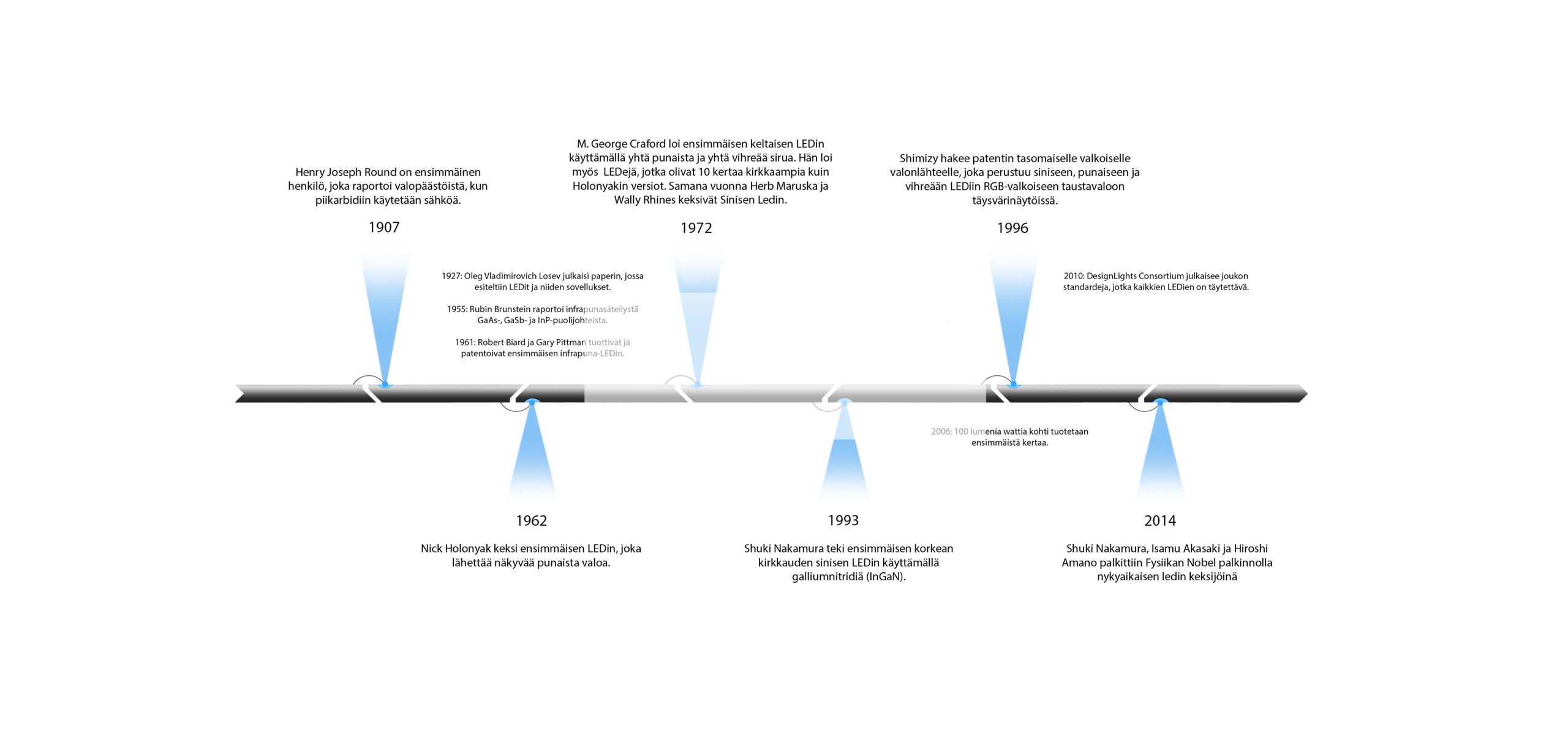Summarize
- LED development has been slow but accelerated in recent years
- Nick Holonyak developed the first visible light LED in 1962
- The history of LEDs goes back more than 100 years, starting in 1907
- In the 1970s, mass production and wider use of LEDs began
- Today, LEDs are commonplace and still evolving
Have you ever heard the phrase “there is always room for improvement”? Well, this applies to LED development more than you think. The history of LEDs and their evolution has been sometimes slow, but in recent years very fast. Read on to learn more about the history of LEDs.
History of LEDs, short course
Due to their increased popularity in the 21st century, most people assume that light emitting diodes are a new innovation. But this is not entirely true, the technology has been developed over many years.
Electroluminescence, the principle behind LEDs, was first discovered by Henry Joseph Round in 1907. But it wasn’t until 1962 that engineer Nick Holonyak used science to create LEDs that produce visible light as we know it.
LEDs are now everywhere, from street lights and counters to TV remotes and traffic lights. The path from the circuit board to the ceiling light in your home is not entirely straight.
Let’s go back to the beginning of led history.
Who invented LED lighting?
Nick Holonyak invented the LED, if only one person should be named in LED history.
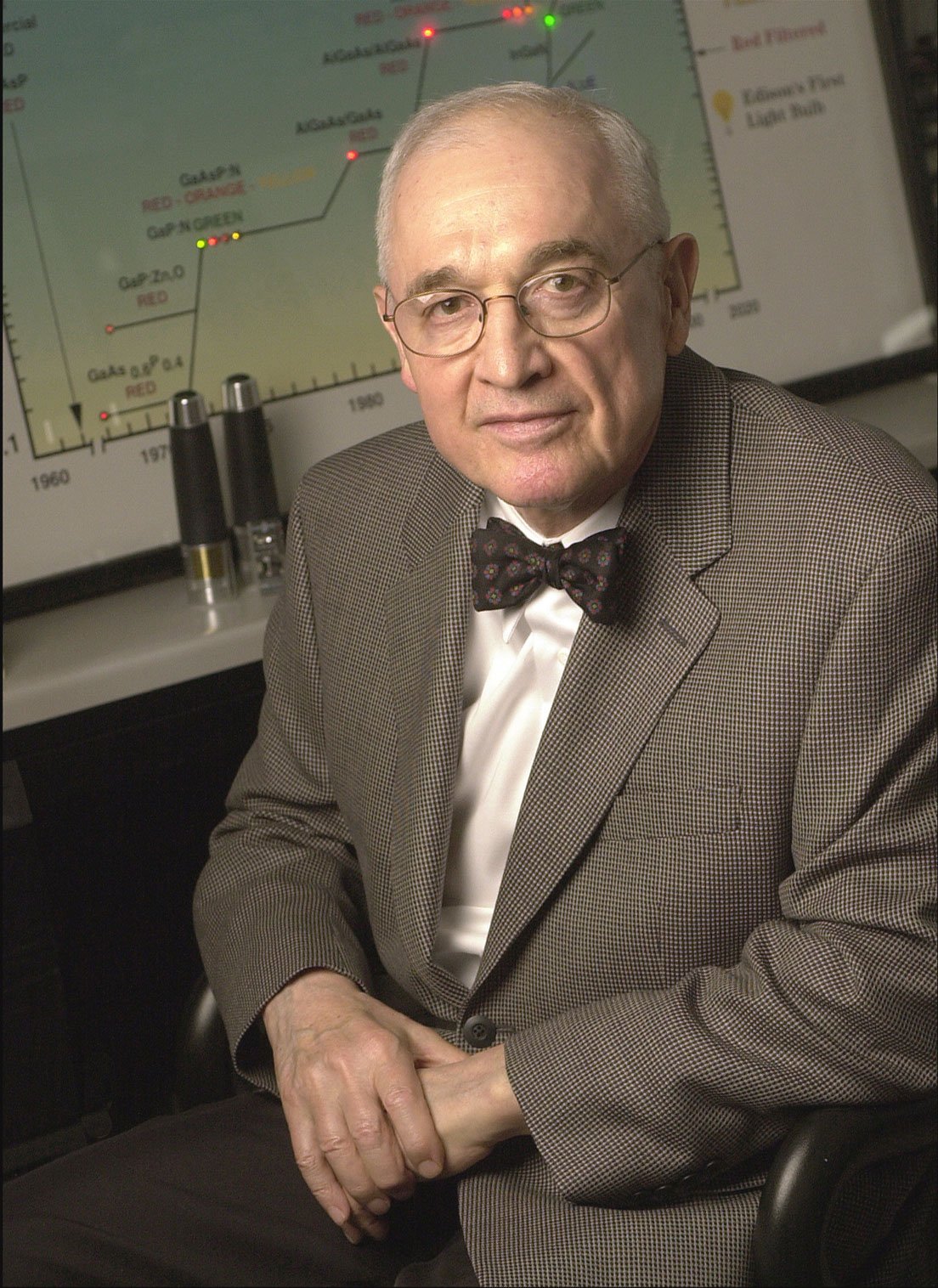
The development of LEDs is best thought of as a collaborative effort. In the last two decades, technology has evolved enormously, there have been commercial leaps.
Many people have contributed to the science behind modern LED lights. The history of the main Nick Holonyak.
Nick was a tech-savvy young man growing up in a small town in the US. He spent his childhood with his father’s Ford Model T. Nick’s father encouraged Nick to pursue a career in electrical engineering. So Nick completed his Bachelor’s, Master’s and PhD degrees at the University of Illinois.
After graduating in 1957, Nick worked for General Electric, a manufacturer of fluorescent and halogen lamps. Holonyak’s big breakthrough came in 1962, when he was commissioned to create an infrared laser. During his experiment, Nick accidentally created a red LED.
While other scientists had been studying electroluminescence for years, Nick’s LED was the first to emit light in the visible light spectrum. In other words, it was the first to produce light that people could see. The previous ones were all infrared light that was invisible to the eye.
Within a year, General Electrics was selling the invented bulb for over $200 per bulb. In a 1963 article in Chosen Fires, he predicted that soon LEDs would eventually cover the entire spectrum of light and replace Edison’s light bulbs. It took 50 years but the led history was predicted.
When was the LED invented?
Thanks to Nick Holonyak, the first visible light LED was born in 1962. But it wasn’t a random invention, so where does the science behind LEDs come from?
Surprisingly, the history of LEDs is over 100 years old!
In 1907, British scientist Henry Joseph Round discovered the phenomena of electroluminescence. He discovered that when you apply 10 volts of electricity to a silicon carbide crystal, it emits light. This happens because the positively charged electrons meet the negatively charged electrons and cause a reaction.
The discovery was groundbreaking, but unfortunately the yellow light Henry created was too dim to be of any real use.
https://en.wikipedia.org/wiki/H._J._Round
Scientists continued to study electroluminescence throughout the first half of the 20th century. The term was officially coined by George Destriau in 1936.
First, the Russian scientist Oleg Vladimirovich Losev noticed the potential of electroluminescence. After observing the light emissions of zinc oxide and silicon carbide, Losev published papers between 1924 and 1930 that introduced the LED and its potential applications.
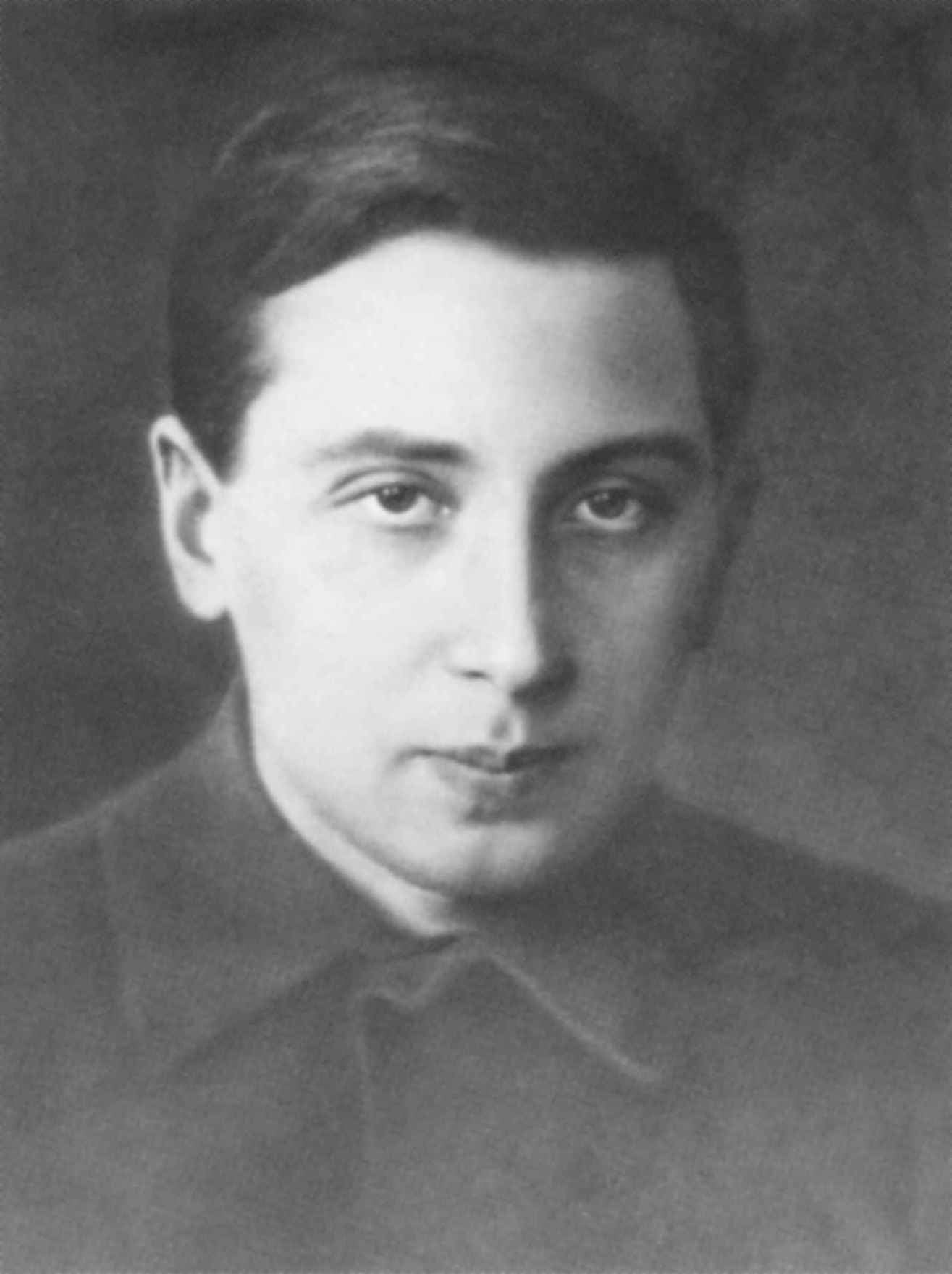
Losev wrote in his 1927 patent “Light Relay”:
https://en.wikipedia.org/wiki/Oleg_Losev
“The proposed invention exploits the well-known phenomenon of luminescence and the use of such a detector in an optical relay for high-speed telegraph and telephone communications, image transmission… ”
Like many scientists, Losev was well ahead of his time.
How did LED light become popular?
This raises the question. If Led lights were invented in 1962, why didn’t they evolve until the mid-2000s? It all depends on the money. There was a long creative hiatus in the history of LEDs.
When General Electrics started selling red LEDs in 1963, they were selling for over $200 per bulb. This was absurd compared to the $5-20 that people were used to paying for incandescent bulbs. In addition, the Led light was not white. Nowadays, LED lights are available for only 2 Euro at the local store… The actual mass production started in the 1970s.
In the 1970s began to happen
1972 Herb Maruska and Wally Rhines invent the blue LED at Stanford University. Together with their professor David Stevenson, they are developing the technique further and have also achieved a green light. This Magnesium-Gallium Nitride technology is patented and to this day is the basis of blue led light technology.
By the mid-1970s, Fairchild Optoelectronics had mass-produced the LED, but the problem with LEDs was still their low luminous efficacy.
Over time, large companies such as IBM and HP started using LEDs in calculators and other electronics. LEDs started to become common as small indicator lights.
As demand grew, production volumes increased. Mass production allowed LEDs to be used in new products.
The history of LEDs from the 1980s onwards
In the 1980s, the development of gallium aluminium arsenide-based LEDs began. The major manufacturers followed suit and in the late 1980s Theodorode Moustakas invented a new simpler way to produce new high-intensity (compared to previous) light-emitting diodes. The invention was patented in 1991
Building on the previous invention, Shuji Nakamura (at the same time Isamu Akasaki and Hiroshi Amano) develops the first high brightness blue LED using gallium nitride and its applications, which could also be exploited commercially. These individuals were later awarded the 2014 Nobel Prize in Physics as the inventors of the modern blue LED.
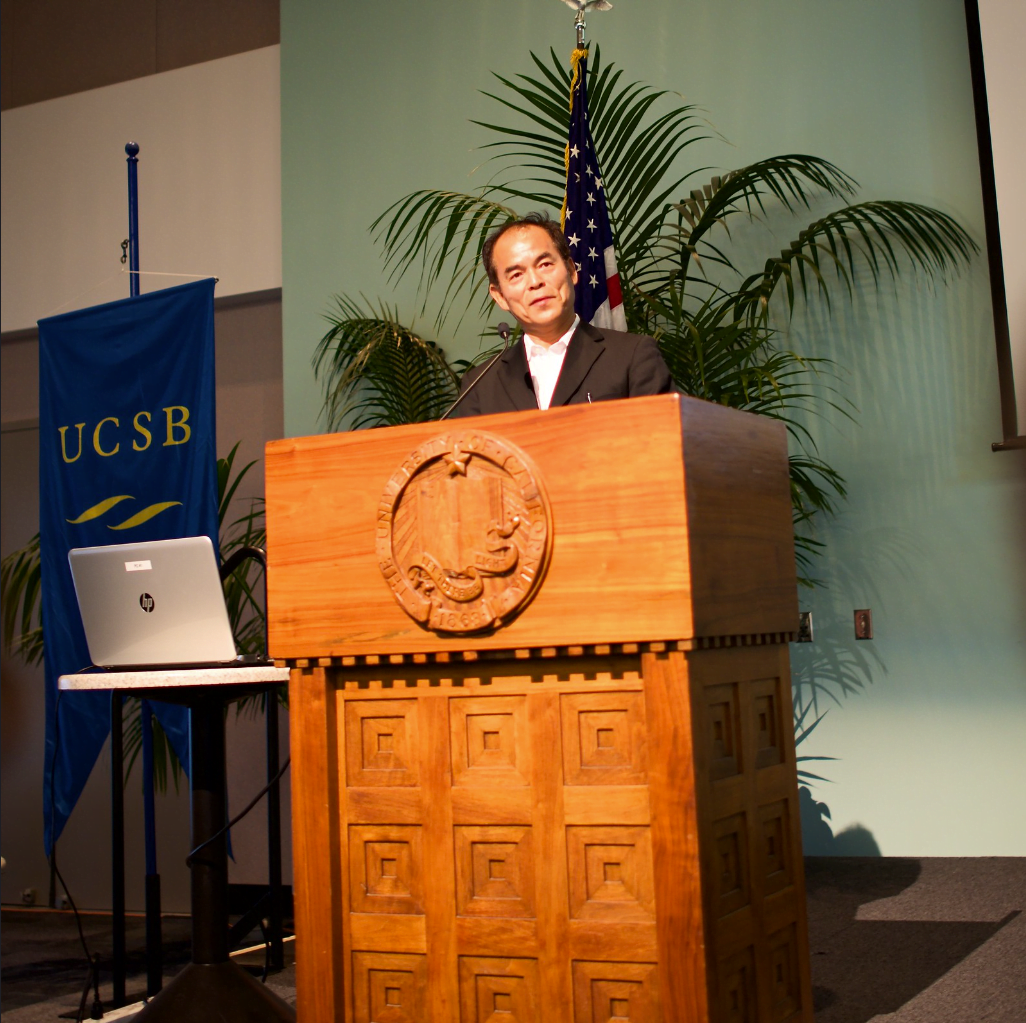
The modern silicon based Led circuit was developed in 2001-2002 and in the 2000’s all the big ones: Osram, Cree, Philips are developing Led circuits in competition. The history of LEDs is still writing itself.
White light
Although white light can be created using individual red, green and blue LEDs, this leads to poor colour rendering because only three narrow wavelength bands of light are emitted separately. The advent of high-efficiency blue LEDs was quickly followed by the development of the first white LED.
In this device (known as “YAG”), a phosphor coating doped with serum produces yellow light through fluorescence. The combination of that yellow and the remaining blue light looks white to the eye.
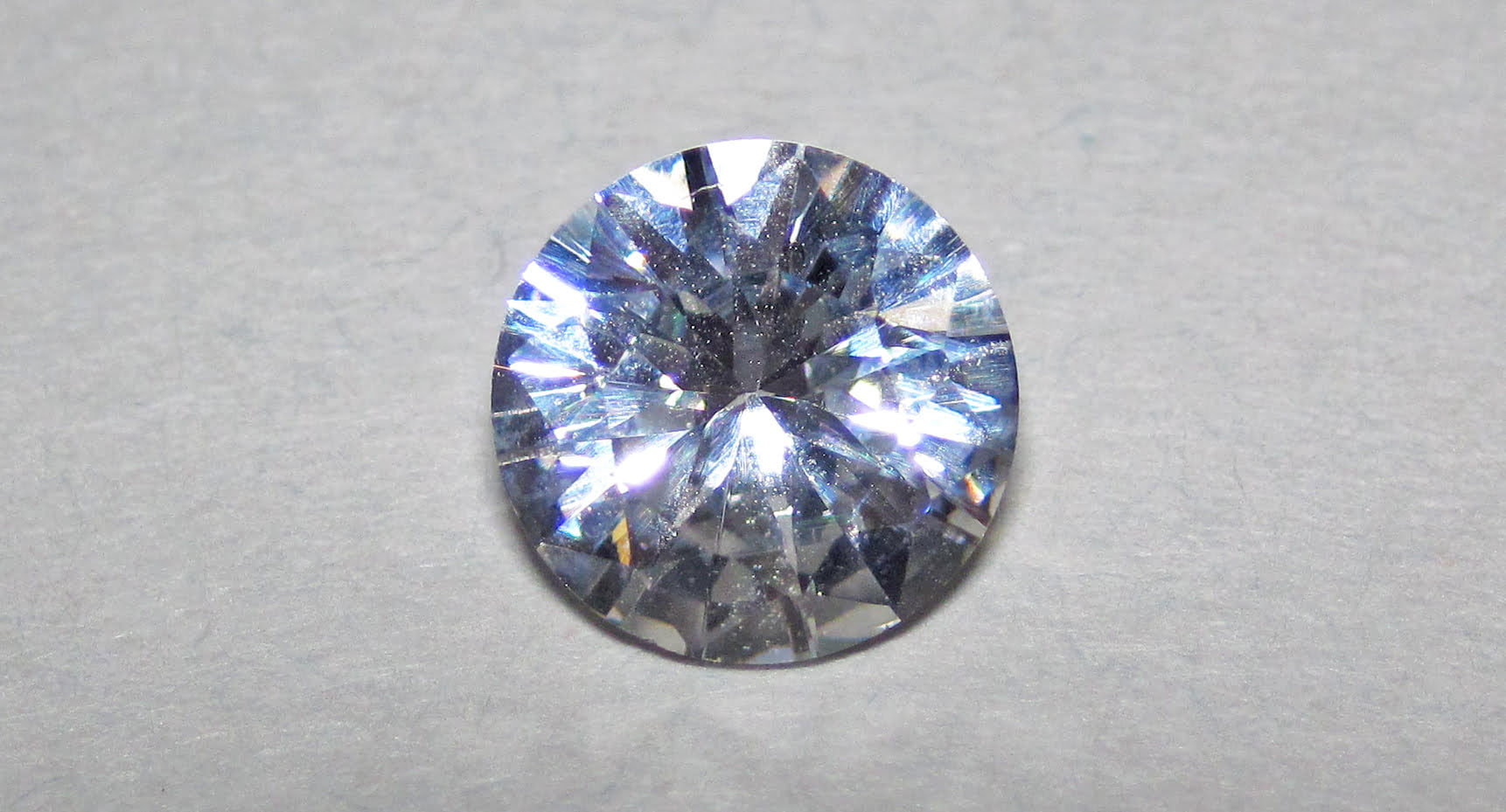
https://en.wikipedia.org/wiki/Yttrium_aluminium_garnet
The first white LEDs were expensive and inefficient. Since then, the light output has increased exponentially. Developments have been led by, for example. Panasonic, Nichia and Samsung.
A laboratory experiment in 2014 managed to produce 303 lumens per watt and an LED circuit that theoretically lasts 100,000 hours. However, to do this in practice would require such massive cooling that it makes no commercial sense. Today, LED circuits produce 100-170 lumens per watt in a finished luminaire, depending on the application.
But Led is still evolving..
Below is a summarised timeline of the history of LED development:
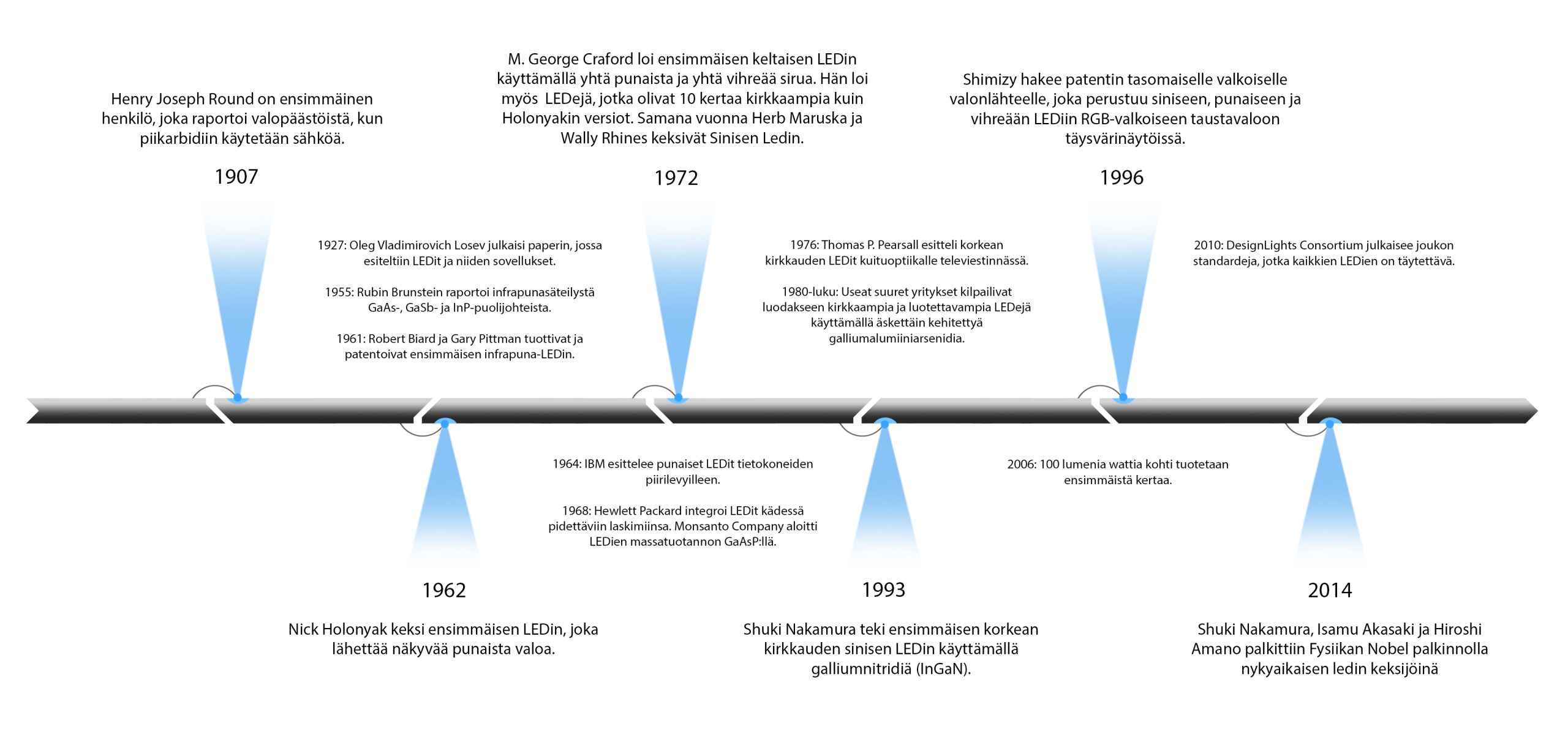
Last words
It has taken a long time to develop, with numerous developers over 100 years.
Today, there are LED circuits everywhere. The device you are reading this on contains a led screen, the room you are in contains led lamps... So Led is no longer history but the present.

